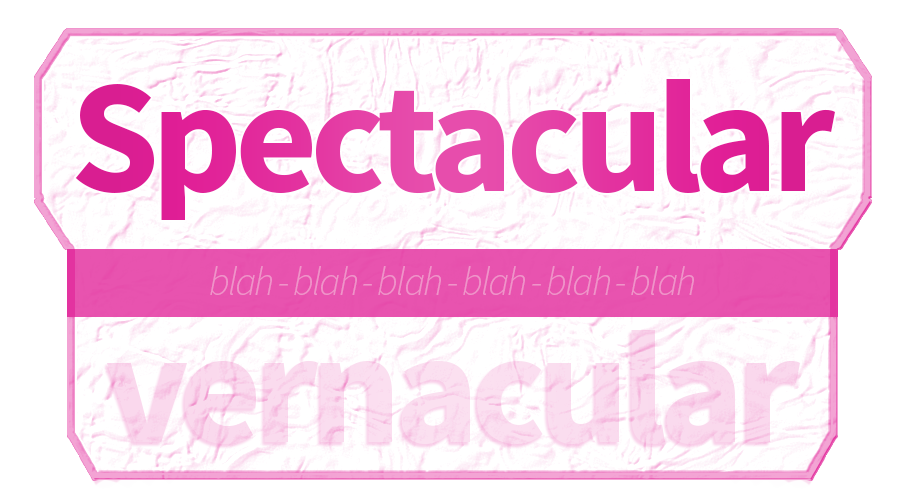Brain Freeze!
There’s nothing quite like enjoying an ice cream cone on a hot day … until you feel a viciously sharp pain in your head. If you are like most fans of cold treats, then you recognize this pain all too well: it is the dreaded brain freeze. The pain is temporary, but intense—you feel a stabbing sensation in the middle of your forehead for 30 to 60 seconds. Brain freezes may be familiar, but they are still somewhat mysterious. What causes this pain and how can you avoid it?
Ice cream headaches—known to scientists as sphenopalatine ganglioneuralgia —are most often triggered when cold food or drink comes into contact with the roof of your mouth. In order to discover more about this phenomenon, researchers at Harvard Medical School hooked volunteers up to trans-cranial Dopplers, machines that allow scientists to study blood flow in the brain. The volunteers were then given cups of ice water and instructed to drink it using a straw held right up against the roof of the mouth. The volunteer gave a signal when he or she felt an ice cream headache begin and another signal when it ended.
This experiment allowed the scientists to observe changes in brain blood flow before, during, and after an ice cream headache. The scientists found that when the subjects were experiencing a brain freeze, the anterior cerebral artery (a major blood vessel in the brain) dilated rapidly. Because the artery becomes wider, more blood flows into the brain. This creates an increase in pressure inside the skull, which is what causes the pain. As soon as the artery shrinks to its normal size, the ice cream headache disappears.
This may explain why ice cream headaches hurt, but it does not tell us why they happen in the first place. Scientists do not yet have any definite answers to this question, but they do have some ideas. One theory suggested by the researchers at Harvard Medical School is that a brain freeze is a way of protecting the brain from cold. When the anterior cerebral artery dilates, it allows a flood of warm blood inside the brain, thus keeping it warm.
Although this research provides some insight into brain freezes, it might also lead to other discoveries. The Harvard Medical School Researchers believe that this information will help treat other kinds of more severe headaches, such as migraines or cluster headaches. If headaches are caused by a change in blood flow, then doctors could prescribe drugs that prevent blood vessels from dilating. This could bring relief to thousands of headache sufferers. However, according to Dr. Joel Saper, director of the Michigan Headache and Neurological Institute, there is no proof that
blood vessel dilation actually causes headaches. Saper argues that the Harvard Medical School study only shows that the dilation happens before the pain, not that the dilation actually triggers the pain. Treating headaches with medication that affects blood vessels would therefore be useless, or perhaps even harmful.
Brain freeze is a pain, but it is easy to prevent: be more careful when you eat or drink cold things. Eat your ice cream slowly. Keep your slushie straw away from the roof of your mouth. Of course, this may sound simple, but we all know how difficult it is when it is blazing hot outside and you have a refreshing popsicle in your hands. In case you are unable to resist the temptation of wolfing down that frosty treat, there are also some remedies. You can ease the pain of an ice cream headache by drinking a warm liquid or pressing your tongue against the roof of your mouth. You can also, of course, just wait it out-after all, even the most painful of brain freezes will probably only last for 60
seconds.









